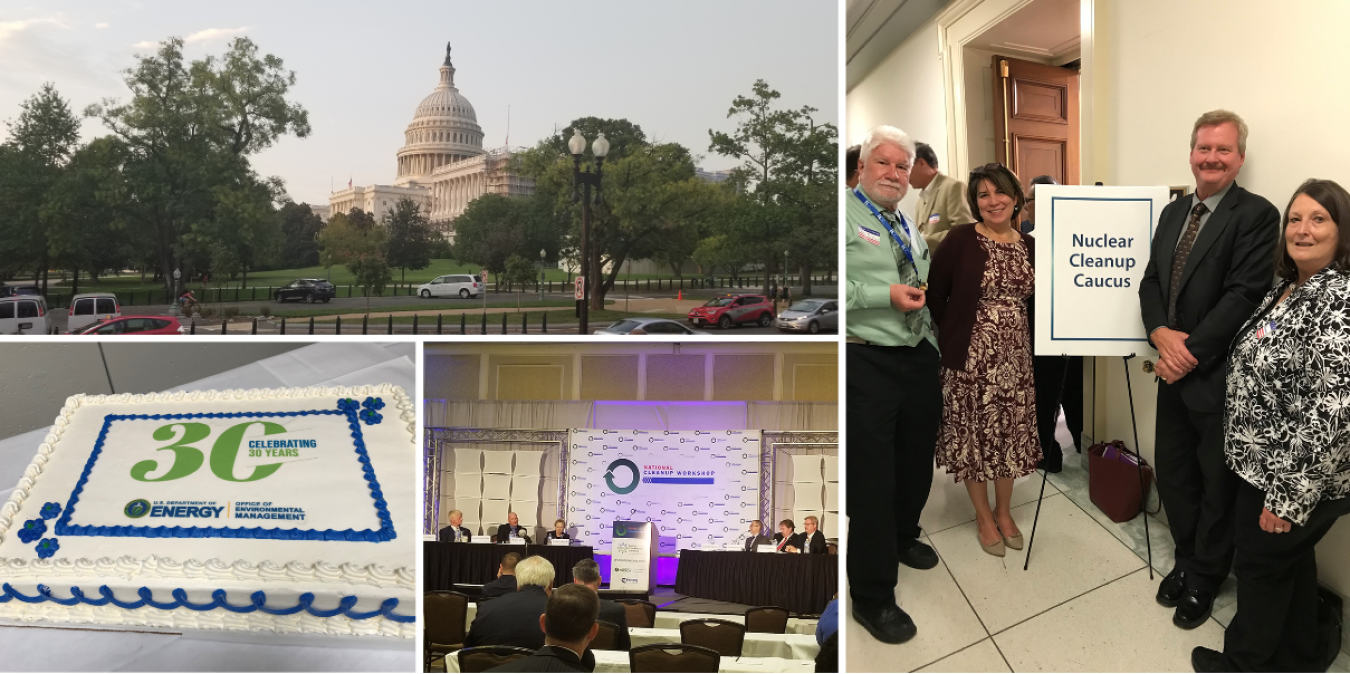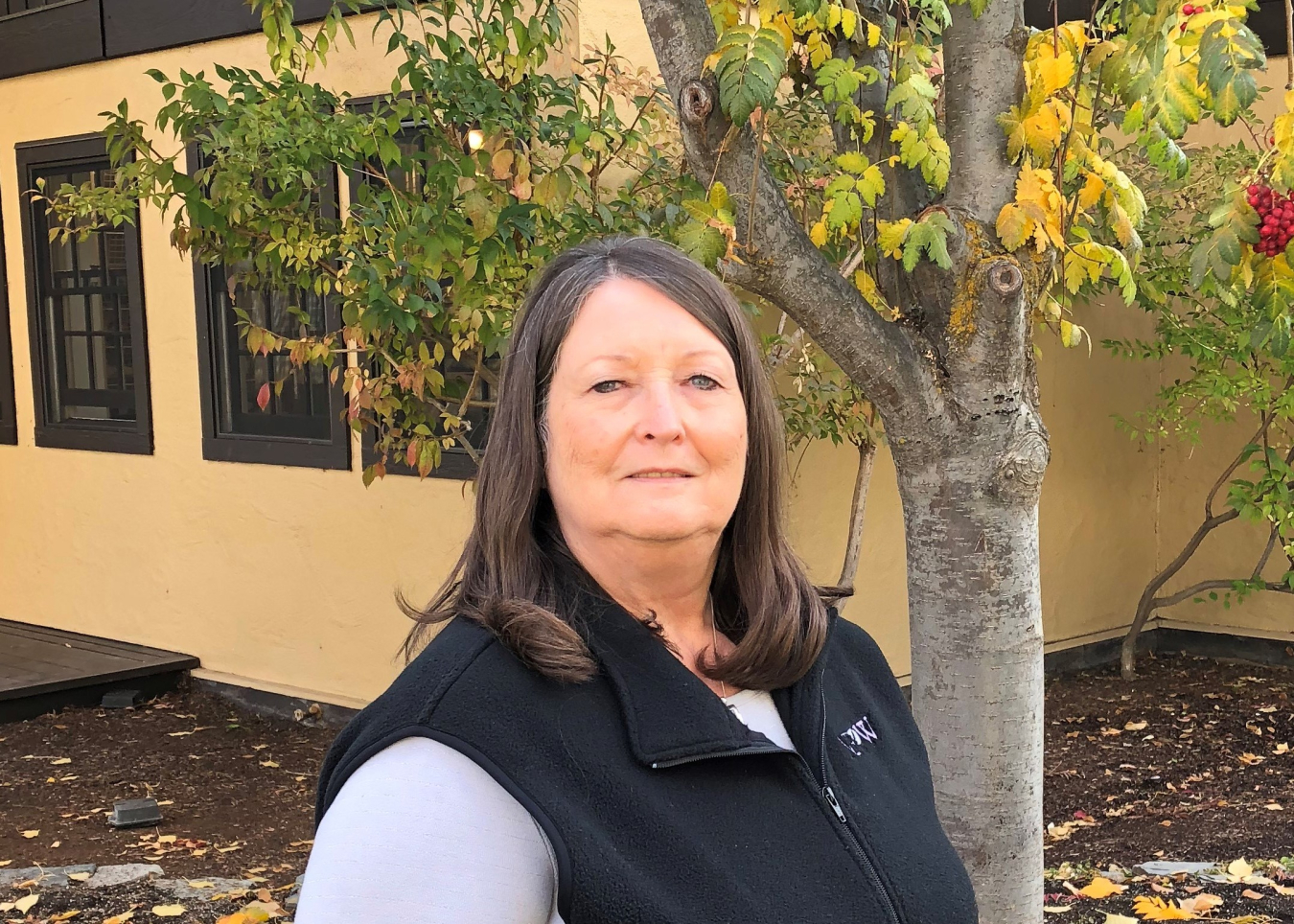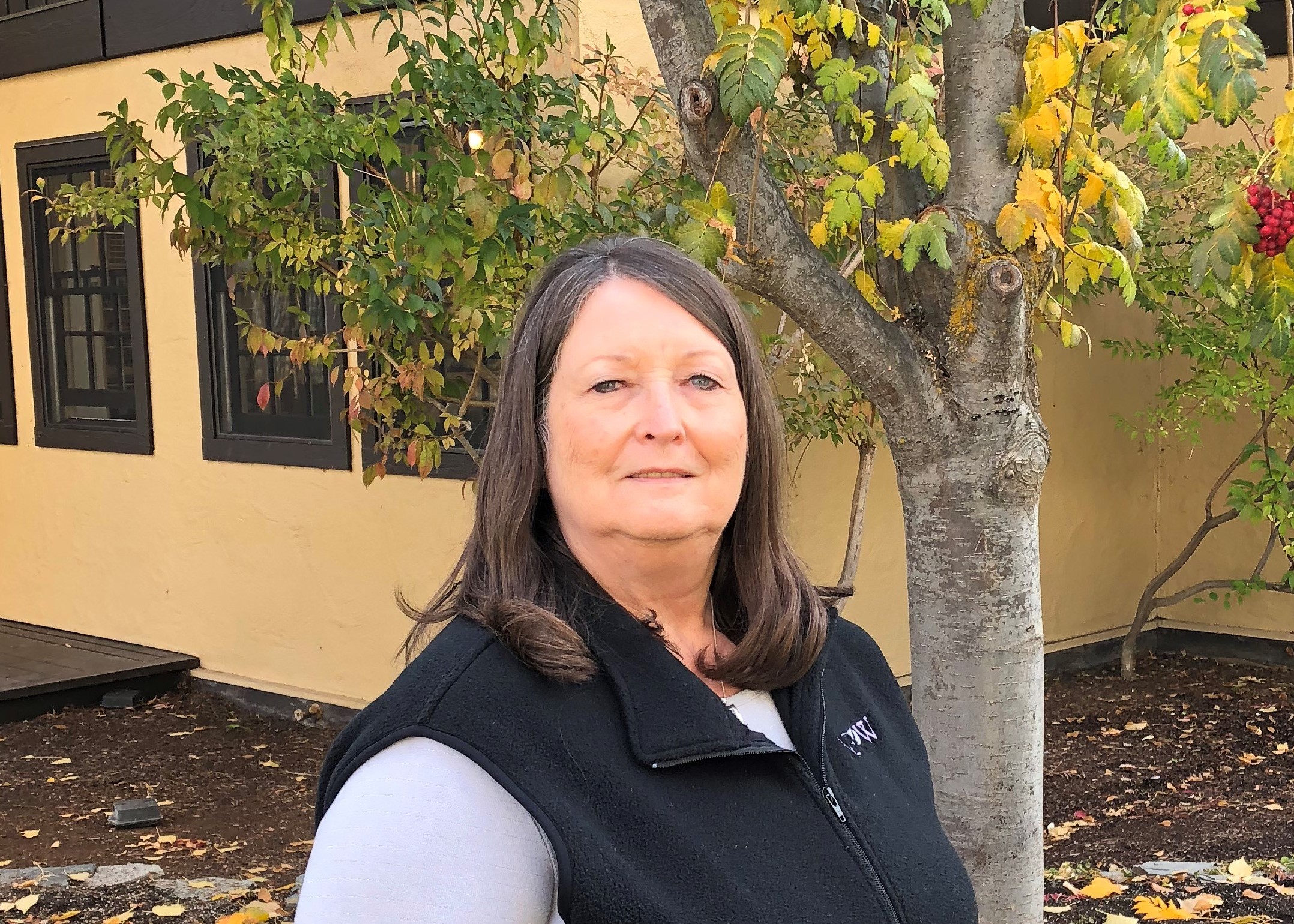Teri Ehresman, ICP CAB member, describes her experience attending the September 2019 National Cleanup Workshop with fellow board member John Sigler.
Idaho Cleanup Project Citizens Advisory Board
October 17, 2019
Nearly 800 participants were on hand to celebrate the 30th anniversary of the U.S. Department of Energy’s Office of Environmental Management (EM) achievements and progress in cleaning up the environment at the 2019 National Cleanup Workshop.
The workshop was held Sept. 10-12, at the Hilton Alexandria Mark Center in Alexandria, VA and hosted by the Energy Communities Alliance, Energy Facility Contractors Group, working with DOE EM. The workshop brought together state and local officials, contractors, and community stakeholders to discuss the EM program successes and challenges.
DOE Under Secretary for Science Paul Dabbar delivered his keynote address at the workshop and recognized the 27,000 contractor employees and EM’s nearly 3,000 federal employees who are dedicated to cleaning up the nation’s environmental legacy. He acknowledged the ongoing dedication to a demanding job and their commitment to continued progress in the years ahead.
“Three decades ago, the task seemed almost insurmountable — the cleanup of 107 sites must have seemed really daunting,” Dabbar told guests at a celebration just prior to the opening of the workshop. “It’s been a long way, and we’re not just looking back, but we’re looking forward to the future. It’s about our commitment not only to the progress which has happened, but where we see it going forward.”
Todd Shrader, principal deputy assistant secretary for EM, spoke on the successes during the past 30 years. He called the cleanup of Rocky Flats in Colorado “probably our biggest victory.” He also noted the continued cleanup accomplishments at Idaho’s Advanced Mixed Waste Treatment Plant, which has processed the largest collection of transuranic waste – weapons waste from the Cold War – in the DOE complex. He said there is only a small amount of waste remaining in the last Accelerated Retrieval Project (ARP) facility, which is a buried waste retrieval site in Idaho. EM has completed cleanup at 91 of the 107 nuclear sites across the country, and the 16 sites that remain are some of the most challenging, he explained. He said he’s encouraged by having the best scientific and engineering resources on the tasks and believes ways can be found to reduce risk, lower cost, and accelerate completion.
Shrader also moderated a panel on the 30 years of EM cleanup successes. One of the panelists, Paul Golan, former acting assistant secretary for EM and deputy manager of the Rocky Flats Field Office, said he has found advisory boards to be helpful. He said by working together, communities and the government end up with mutual respect and a clean site people can live with.
Jack Zimmerman, Idaho Cleanup Project Manager, participated in a panel highlighting EM cleanup successes from around the DOE complex. He shared news of the successes at ICP and noted 98 percent of the cleanup milestones have been completed on or before the milestone deadline. He said a collaborative relationship that includes the state of Idaho, DOE and ICP employees, has led to mission success.
Kliss McNeel, environmental, safety and health director at Fluor Idaho, talked about the progress of EM’s targeted buried waste exhumation project, which began in 2005 to remove radioactive and hazardous materials buried in a shallow, unlined landfill. Crews have cleared waste from more than 5 acres of the landfill, with just 0.69 acres remaining for removal. She said 6,338 containers have been processed and shipped to WIPP. “We’ve done our part to get the waste out of Idaho,” she said.
The two-day session also focused on legislative challenges and opportunities ahead, the challenges and opportunities of interpreting the definition of high-level waste, and the future of the Savannah River and Hanford sites.
Following the first day of the workshop, a House Nuclear Cleanup Caucus Event was hosted by Rep. Chuck Fleischmann, R-TN. The capacity crowd learned of the continued need to work together to meet and solve the huge challenges ahead.
Teri Ehresman
Ms. Ehresman retired from a career in communications and public affairs in 2015. Prior to working for the Idaho National Laboratory for 25 years, she worked for 14 years as a reporter and editor at the Idaho Falls Post Register. She holds a Bachelor of Arts degree in Communications/Journalism from Brigham Young University in Provo, Utah. She has volunteered for the National Federation of Press Women and the Idaho National Laboratory Employees Association. Ms. Ehresman is interested in educational and environmental issues and resides in Island Park, Idaho.



